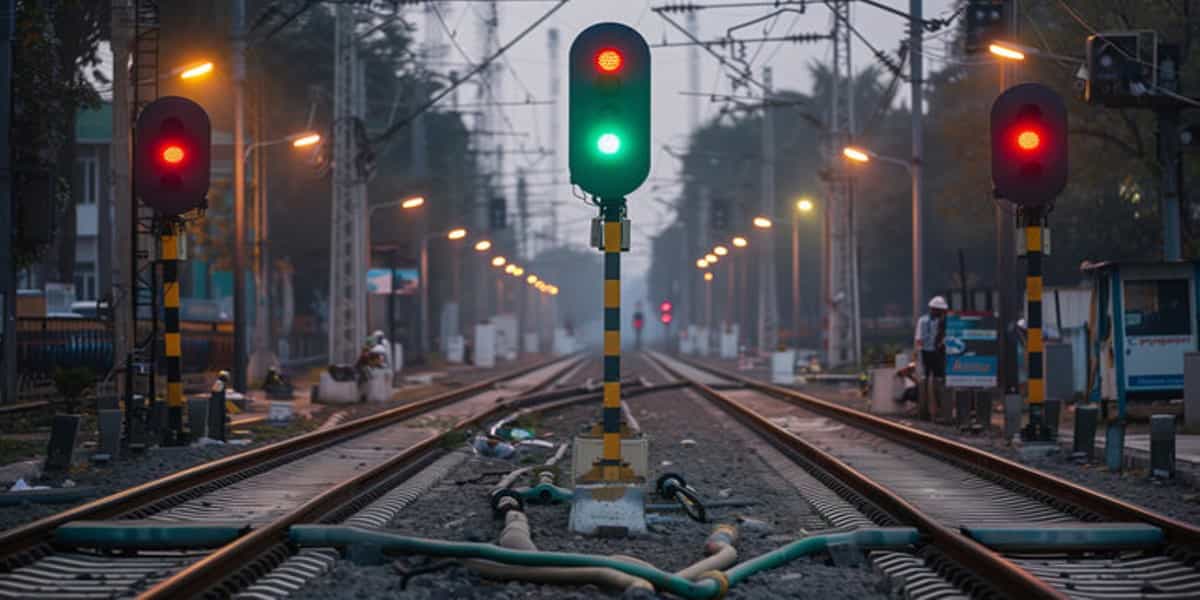List Of Indian Railway Signals Types
Doodlebrary
Indian Railways use a variety of signals to ensure safe and efficient train operations. These signals convey important information to train drivers and other railway personnel. Here are some common types of Indian railway signals:
- Home Signal (Semaphore): This is usually the first signal that a train encounters when approaching a station. It indicates whether the train has permission to proceed or needs to stop.
- Distant Signal (Semaphore): Placed some distance before the home signal, the distant signal provides advance warning to the train driver about the condition of the home signal.
- Outer Signal: This signal is placed at the outermost section of a station and is used to control the entry of trains into the station.
- Inner Signal: Located inside the station, this signal controls the movement of trains within the station premises.
- Section Signal: Used to control the entry of a train into a specific section of the track. It helps manage the spacing between trains on the same track.
- Starting Signal: Indicates whether a train can start moving from a station or platform.
- Advance Starter Signal: Provides information about the condition of the starting signal ahead and is used for control in busy stations.
- Shunting Signal: Used in yards and sidings to control the movement of trains during shunting operations.
- Calling-On Signal: Signals that a train may proceed past the next signal at restricted speed and must be prepared to stop if necessary.
- Caution Order Board: Provides information about speed restrictions, work in progress, or other conditions affecting train movement.
- Co-acting Signal: Indicates that the next signal is co-acting with another signal to control train movement.
- Automatic Signal: These signals automatically change based on the position of the block sections and the location of trains, helping maintain safe distances between trains.
- Indicator (Route Indicator or Route Indicator Board): These display route information and help train drivers understand the route they are cleared to take.
- Point Indicator: Shows the position of points (switches) ahead, allowing train drivers to make appropriate speed adjustments.
- Blanket Speed Limit Sign: Displays speed limits in specific sections of the track.
- Hand Signal: In some cases, manual hand signals are used to communicate with train drivers, especially during shunting and when other signals are not functioning.
Please note that while the general principles of railway signals remain consistent, specific details and designs of signals may vary between different railway zones and regions in India. Additionally, modern railways are increasingly using color light signals and electronic systems in addition to traditional semaphore signals.
